When you’re out at sea, there’s nothing more important than ensuring the safety of your crew. No matter how small or large your marine vessel, being out in the open ocean still leaves you vulnerable to the unexpected whims of the elements.
A key part of ensuring you and your crew’s safety is being able to maintain communication with crew and emergency personnel back on land, as well as other vessels in the water. Maintaining clear lines of communication enables you to receive immediate updates on weather conditions, inform other vessels of your relative position, transmit emergency broadcasts, and even join in on search-and-rescue missions if necessary.
And when it comes to maintaining communication while at sea, one must-have piece of equipment is a Marine Very High Frequency (VHF) Radio. Read on to find out more about what marine VHFs are, their key features, and when you can expect to use yours.
What is a Marine VHF Radio?
As its name suggests, a marine VHF radio is a type of communication equipment that utilises Very High Frequency (VHF) radio waves to communicate with other operators, usually between 156 MHz to 163 MHz.
It can come in the form of a fixed mount marine VHF (pictured: IC-M220 Marine VHF Transceiver) that’s bolted onto your vessel, or a lower-power handheld marine VHF for greater portability and versatility during emergencies. Your vessel may even be mandated to have a marine VHF set installed on board, in line with international and local regulations.
Marine VHF radios operate using ‘line of sight’, similar to other radio communication equipment. This means the antennas on both ends of the channel need to be able to ‘see’ or reach each other without being blocked by land masses and other obstructions. Additional equipment such as marine VHF antennas, antenna rotator systems, and two-way radio repeaters thus go a long way to ensuring your marine VHF operates smoothly under any conditions, with a typical range of 25 to 30 nautical miles.
It is also important to note that marine VHF sets bought in a specific country will usually come pre-tuned to transmit and receive on a series of locally used FM band channels, as well as certain channels that are internationally recognised and agreed upon. One such example of the latter is Channel 16, which is an international channel for distress and safety. If your vessel is planning to cross into international waters and other nations’ borders, do ensure that your VHF is able to pick up essential local broadcasts in your respective destinations.
How are Marine VHF Radios used?
Typical marine VHF sets usually come with certain features designed and fine-tuned to enhance and ensure safety at sea, such as:
- Press to talk (PTT) functionality for direct and instant communication with other VHF operators at sea or on land
- Digital Selective Calling (DSC) for transmitting important updates from vessels or land
- Squelch control to minimise interference and white noise for clear transmission
The DSC feature comes with on-land and handheld VHF radio sets, and is part of the larger GMDSS (Global Maritime Distress and Safety System) protocol. The GMDSS uses both satellite and terrestrial communication systems to ensure vessels can maintain necessary communication at all times, helping to protect you and your crew in case of an emergency.
Some marine VHF sets also come with built-in GPS which can help search-and-rescue teams or ground crews locate your vessel more readily and accurately in case of an emergency.
Buy Marine VHF Radio Equipment and More at Tecomart
Tecomart is a trusted radio communication equipment supplier in India, with a wide variety of communication equipment in our catalogue suitable for amateur and professional use. Ensure your vessel is safely equipped for the high seas with our marine VHF radio sets for sale, UHF handheld radio sets, Class A and B AIS transponders, GMDSS Navtex devices, and more. We also provide marine navigation equipment including echo sounders and fishfinders to help your vessel fulfil its duties out at sea.
Get in touch to find out more, or check out our FAQs. Our blog also has useful information on marine navigation, marine communication, and life at sea including a guide to Navtex, how to know if your fishfinder needs replacing, and how to choose the right radio communication equipment for your marine vessel.

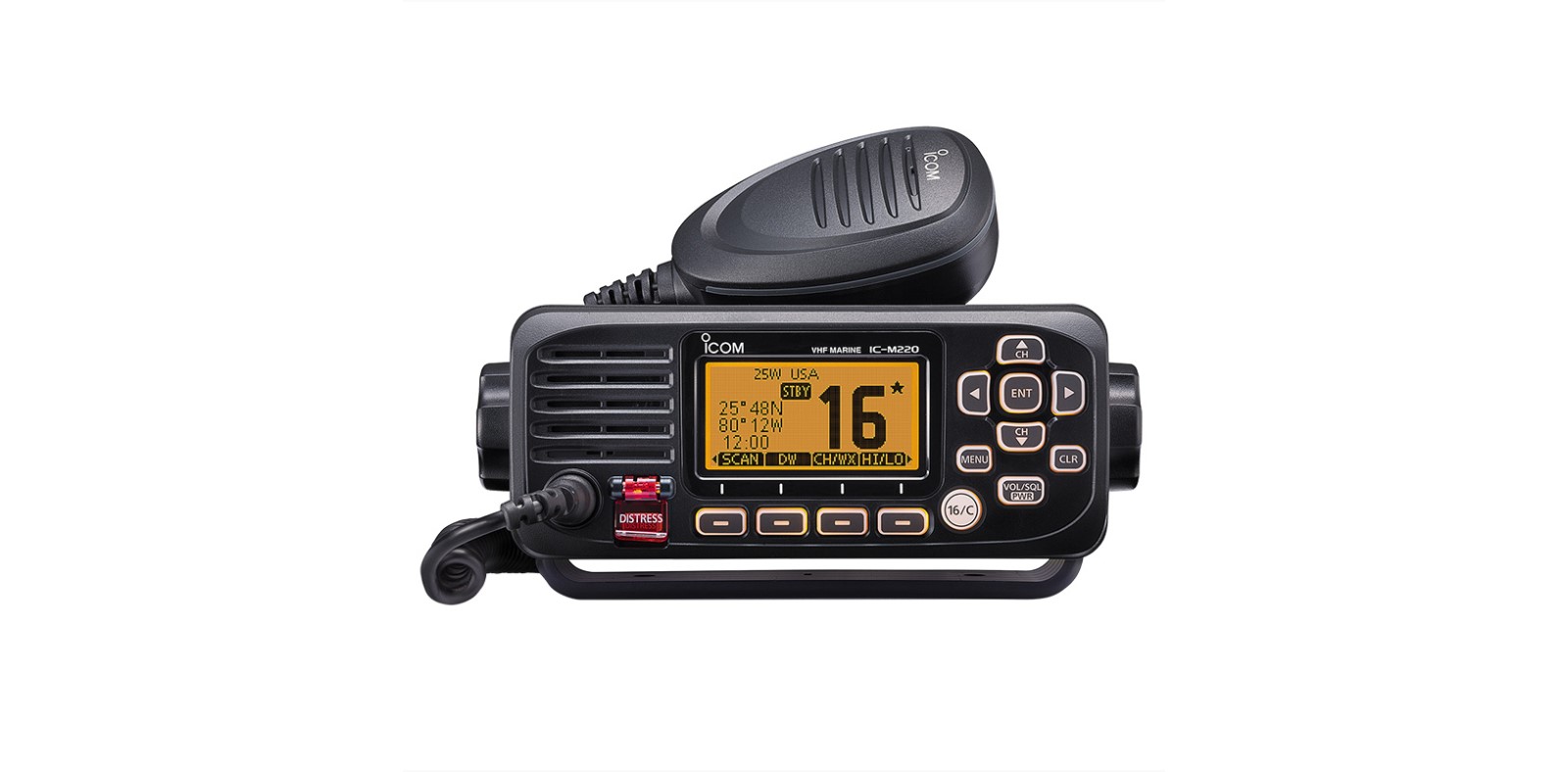
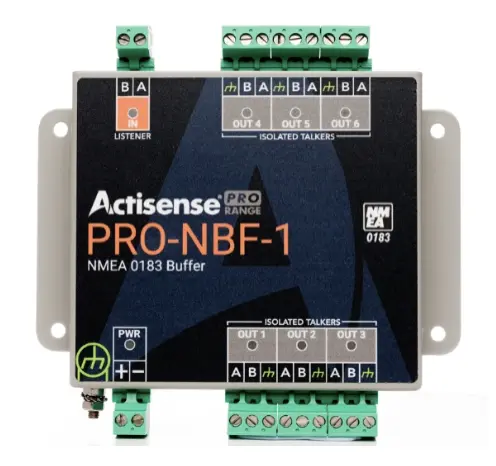

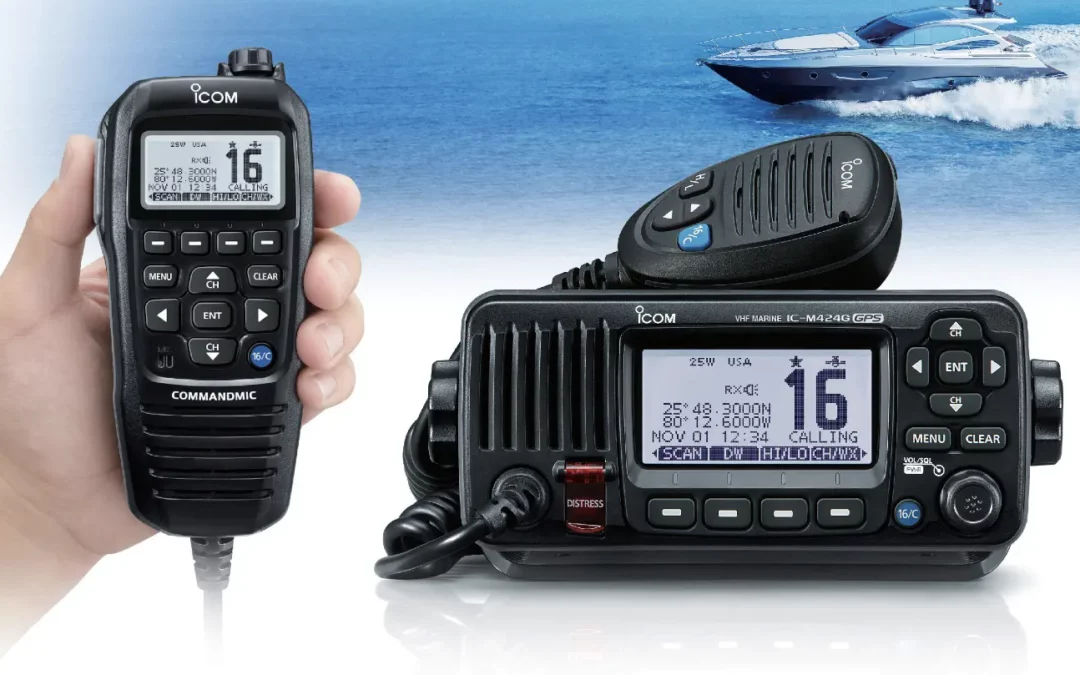
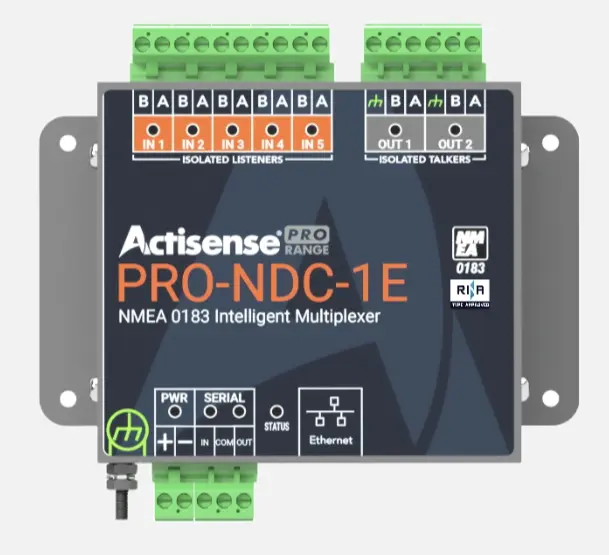
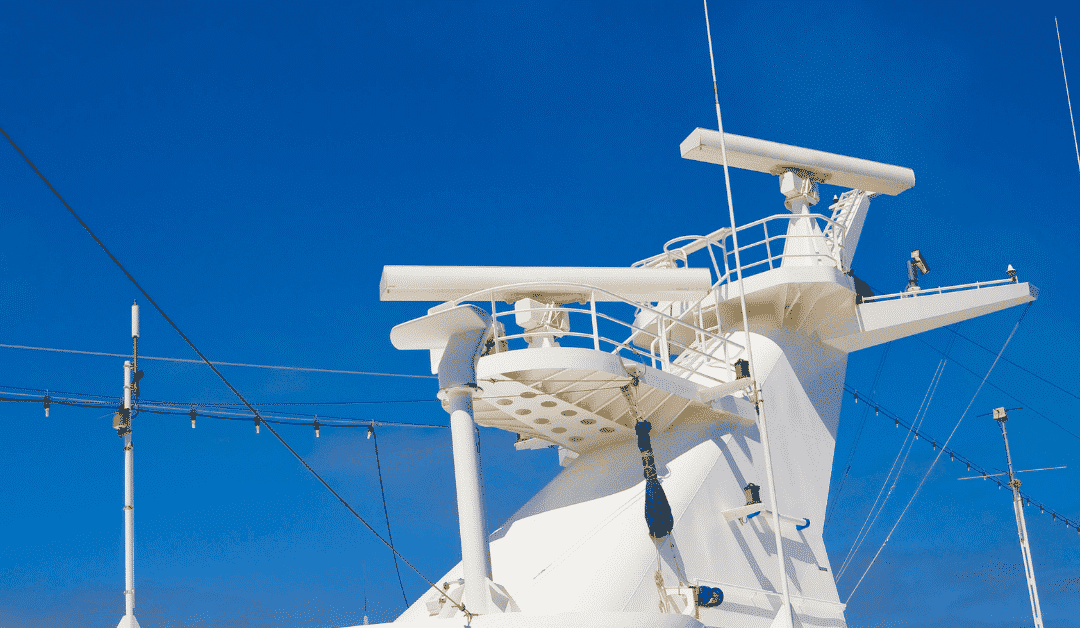

0 Comments